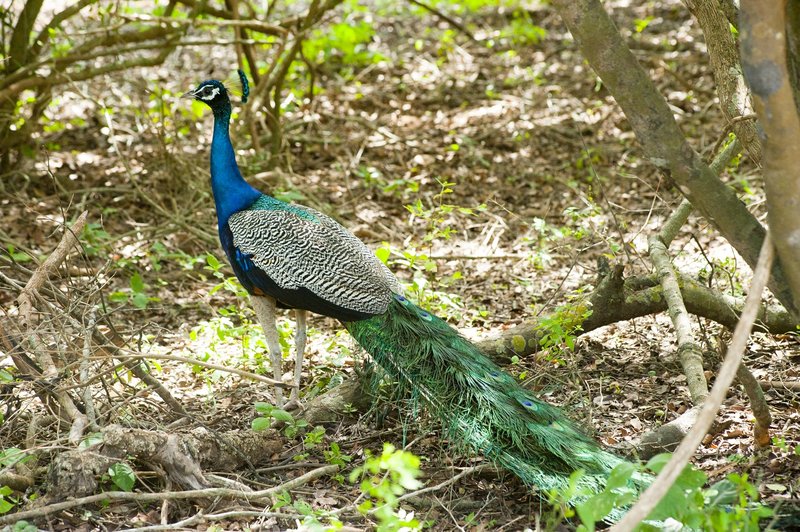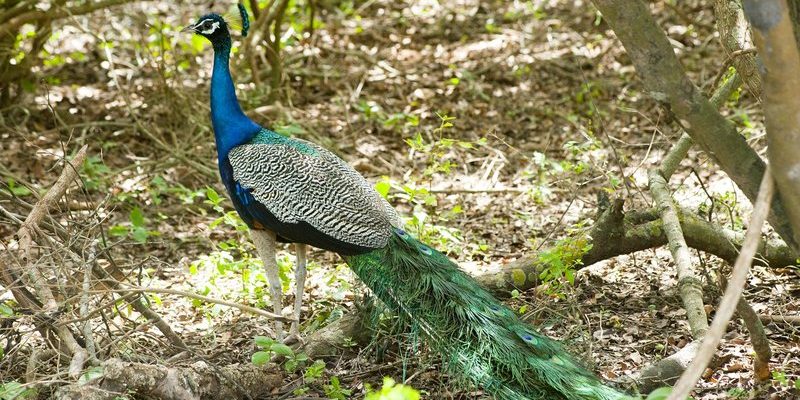
So, what’s the scoop? To put it simply, the situation varies widely depending on the species of peacock and their habitat. Some are doing relatively well, while others are on the brink. In this article, we’ll dive deep into what it means to be threatened or endangered, explore specific species, and consider the conservation efforts in place to protect these unique birds. So, grab a cup of your favorite brew, and let’s chat about the peacock’s plight!
Understanding Threatened vs. Endangered
Before we get into the specifics of peacocks, let’s clarify what “threatened” and “endangered” really mean. You might think of these terms as the steps on a ladder of conservation status. “Threatened” refers to species that are at risk of becoming endangered in the near future. Think of it like a warning light on your dashboard; it’s telling you that you should pay attention before it’s too late.
On the other hand, “endangered” means a species faces a very high risk of extinction in the wild. It’s like being in the red zone; immediate action is crucial. The International Union for Conservation of Nature (IUCN) actively monitors these statuses, which helps keep track of which species need the most help. It’s a bit like having a global watch list to protect our planet’s diverse wildlife.
Peacock Species Overview
Peacocks belong to the *Pavo* genus, and the most well-known species are the Indian peacock (*Pavo cristatus*), the green peacock (*Pavo muticus*), and the Sunda peacock (*Pavo nigripennis*). The Indian peacock is the most recognized for its breathtaking tail, often seen in art and culture, while the green peacock, with its iridescent plumage, is equally spectacular but less common.
It’s essential to note that each species has a different conservation status. For instance, the Indian peacock is currently categorized as “Least Concern,” which means it’s not facing immediate threats on a large scale. In contrast, the green peacock is considered “Near Threatened,” primarily due to habitat loss and hunting. So, while some peacocks are thriving, others are starting to slip through the cracks.
Habitat Loss: A Major Threat
One of the sharpest threats to peacocks, particularly the green peacock, is habitat loss. As humans expand into forests and grasslands for agriculture and urban development, these birds lose their natural homes. Imagine trying to navigate a busy highway when all you want is a quiet forest to spread your feathers. It’s tough, right?
Besides direct habitat destruction, human activities like logging and mining can further fragment their living spaces. This creates isolated pockets where peacocks can’t interact or breed with one another. Less genetic diversity can lead to a greater risk of extinction. That’s why protecting their habitats is just as crucial as protecting the birds themselves.
Hunting and Poaching
Hunting and poaching are also significant factors in the decline of certain peacock species. While hunting Indian peacocks for their feathers has decreased over the years, it still poses a threat. In areas where hunting remains legal or cultural, these birds can be targeted for their vibrant tails, which are often used in traditional ceremonies or as decorative items.
The green peacock faces even more pressure from poaching due to its limited numbers. Imagine being hunted not just for food but for beauty. It’s heartbreaking! Conservationists are working tirelessly to combat this issue, implementing stricter laws and raising awareness about the importance of these birds in ecosystems.
Conservation Efforts to Protect Peacocks
There’s good news on the horizon! Many organizations are dedicated to protecting peacocks and their habitats. For instance, national parks and wildlife reserves play a significant role in conserving these birds by providing safe spaces free from hunting and development. Programs aimed at reforesting areas or rehabilitating damaged ecosystems can help create suitable environments for peacocks.
Additionally, raising public awareness about the threats peacocks face can significantly impact their conservation. When people understand why these birds matter, they’re more likely to support conservation efforts. It’s like spreading the word about your favorite local café; the more people know, the more likely they are to pitch in and support.
The Role of Peacocks in Ecosystems
Peacocks aren’t just beautiful; they play essential roles in their ecosystems. As foragers, they help control insect populations and disperse seeds, contributing to plant growth and diversity. You might think of them as the feathered gardeners of their habitats, keeping everything in balance.
When peacocks are thriving, it usually indicates a healthy ecosystem. Protecting these birds means protecting the web of life around them. So, when we talk about conservation, we’re really talking about preserving the intricate connections that make ecosystems resilient and vibrant.
How You Can Help
You might be wondering how you can make a difference—every bit counts! Here are a few ways to support peacocks and wildlife conservation in general:
- Educate yourself and others about the importance of protecting wildlife.
- Support conservation organizations that focus on habitat preservation.
- Participate in local or global movements that raise awareness about endangered species.
- Choose sustainable products that don’t harm natural habitats.
Remember, it doesn’t take a big gesture to make an impact; small, consistent actions can create a ripple effect.
Final Thoughts
Peacocks are more than just beautiful birds; they’re integral parts of their ecosystems and cultures around the world. While some species face serious challenges like habitat loss and poaching, many conservation efforts are underway to protect them. By understanding their plight and actively participating in conservation, we can help ensure that these magnificent creatures continue to strut their stuff for generations to come. So, next time you catch a glimpse of a peacock, remember the journey they’ve been on and the role we all play in their future.

